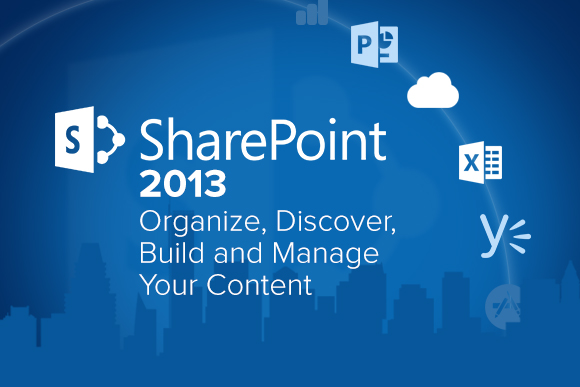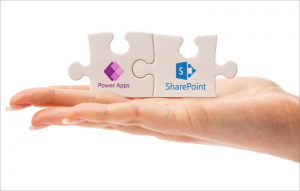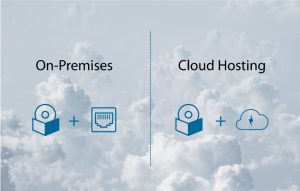Are you thinking about implementing Microsoft SharePoint in your enterprise? You have probably heard the debate on both sides. SharePoint is portrayed either as the ultimate solution for your content management system needs or as an unnecessary and cumbersome IT solution, which is not really needed, but forced upon the employees by their management.
The fact is that SharePoint is neither of them. It is a collaboration tool, which can be utilized efficiently only when all the stakeholders are involved in the implementation from the beginning and are encouraged to use it. Otherwise, it is in the danger of ending up as one of the multiple software applications that are hardly used and takes up the IT department’s valuable time.

SharePoint 2019 Pre-Migration Check
There are several reasons why you should migrate to SharePoint 2019. It has hybrid cloud search, all the sites are in one place, it allows rapid site development, there are many PowerShell scripts and so on.
First of all, let us understand what SharePoint can do for your enterprise. Microsoft says it can help your enterprise to “Organize, Discover, Build, and Manage” your content in real time. If that sounds like marketing jargon to you, then you are not alone. SharePoint has many features and can be adopted in so many different ways that it can often overwhelm the users and ends up getting the reputation as being difficult to use.
Nevertheless, just calling it a CRM or an ERP application is an understatement with respect to its functionalities. Let’s have a look at what SharePoint can bring to your enterprise.
SharePoint can build sites; organize your content and make searching for data easier.
Building Intranet portals with SharePoint 2013 is easier than ever and also allows organizations to implement a social media network within the organization.
SharePoint was originally designed to act as a content management system and you can find this feature in its current version as well. This means that it can handle files, databases, intranet content, blog content, RSS feeds and also has a robust search system that makes finding content easier. SharePoint’s applications’ capabilities include handling workflows, dashboards, and full-fledged .NET applications.
SharePoint App Store
Microsoft even has a SharePoint app store where you can download apps that can be integrated into your SharePoint environment. There are many apps that are either free or have at least a 30-day free trial period. A popular and free app from Dell allows SharePoint users to view all the updates from the popular social networks in a single SharePoint site from any PC, tablet, or a smartphone.
SharePoint is now on the cloud
We can leverage SharePoint as a cloud service for business operations. If your documents and files are spread out over different cloud servers and cyber lockers, SharePoint can be a great way to put everything in one place and thus prevents data loss and leakages.
You can implement it as a stand-alone offering or as part of the Office 365 suite (the cloud version of MS Office). This means that your employees have the flexibility to use a smartphone or tablet to access and work on all the documents from inside/outside the office.
With SharePoint Online, you get access to SkyDrive Pro. This allows you to synchronize the SharePoint Document Library with your PC. Your documents are just a click away when you are outside the office.
SharePoint Online is ideal for enterprises, who do not want to have the overhead cost incurred in managing the company’s IT infrastructure. Your data is safely stored in geographically distributed datacenters with continuous data backup and around the clock monitoring. Enterprises can also implement the hybrid model and get the best of both worlds.
It’s got Yammer
In 2012, Microsoft purchased Yammer and integrated it into its SharePoint offering. This means that the popular enterprise social network is now a part of SharePoint. Over 200,000 companies worldwide are using Yammer today.
Publishing content across the organization
If you have created some documents or spreadsheets in MS Office and you want to share them with other people in the organization, SharePoint lets you do that with just a few clicks. Any content created in any of the MS Office tools can be shared in this way.
Meetings made more efficient
AvePoint Meetings, a SharePoint app, allows business users to collaborate with one another in real-time before, during, and after meetings. With the Meeting Workspace, you can gather all the agendas, related documents, and tasks that are gathered across the system in one place. It is similar to a Wiki feature since other attendees can get up-to-date information about the meeting and you can effectively manage a big project that has recurring meetings.
Create multiple team sites
SharePoint’s strongest feature has always been its ability to create and host multiple Intranet sites. This means that if you have multiple teams in your organization, then they can setup team specific internal sites quickly. And remember, these team sites can also be accessed by the team members while they are outside the office.
Build and share apps
You can build apps using technologies like JavaScript, HTML and Auth and implement them in your organization or even share them in the SharePoint app store. Sharing them in the app store is a good way to test your app.
Build websites
SharePoint not only creates Intranet sites, but also creates dynamic internet sites for the enterprises. You can do this by using the familiar tools within Microsoft Office. This means reduced expenses and saved time when it comes to maintaining and updating your website. The websites can also be created with responsive web design and it can be easily optimized for the search engines.
Cross-site Publishing
SharePoint’s cross-site publishing feature enables you to re-use content like articles and product catalogs across site collections. For example, you have a US specific site and a Canada specific site. Some sections of both the sites need to have the same content and product catalogs. With SharePoint, you can share content quickly and also implement a user-tracking features to show personalized content to your visitors.
SharePoint integration can be successful only when, it is customized to the business process and business logic of the company. Ultimately, the purpose of SharePoint is to allow enterprise content to be managed, accessed, shared, developed, built on, and used to advance the organization’s goals more powerfully and ingeniously. To get started you can try out SharePoint or talk to our SharePoint experts on how to migrate to SharePoint 2013 from its earlier versions.









